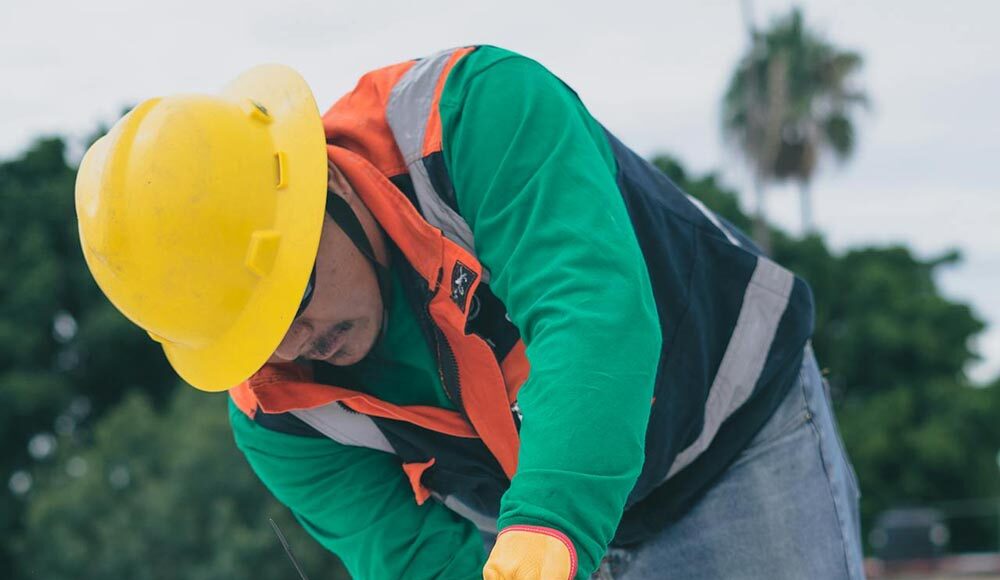Cable sheathing is an essential component in cable manufacturing, providing protection and insulation to the inner conductors. The cable sheath is the outer layer that shields the cable from environmental factors, mechanical damage, and electrical hazards, ensuring long-term durability and reliable electrical performance.
Materials Used in Cable Sheathing
The materials used for cable sheathing are carefully selected based on their properties and the specific requirements of the cable’s application. The primary goal of the cable sheath is to protect the inner conductor, maintain the cable’s integrity, and ensure safe operation. The right choice of material is a critical step in the cable manufacturing process.
Overview of Cable Sheath Materials
Various materials are employed in cable sheathing. Here’s a summary of some common materials:
| Material | Example |
| Polyvinyl Chloride | PVC |
| Polyethylene | PE |
| Cross-Linked Polyethylene | XLPE |
| Low Smoke Zero Halogen Compounds | LSZH |
These materials are used to sheathe cables, and each has its own advantages depending on the intended application and environment.
PVC: Properties and Applications
PVC, or polyvinyl chloride, is a commonly used cable sheath material known for its flexibility, resistance to chemicals, and ease of manufacture. PVC sheathing is widely used in various applications, offering adequate protection and insulation for general-purpose cables. While it is cost-effective, it may not meet the standards for all environments, especially where low smoke and zero halogen properties are required.
Polyethylene (PE) and Its Benefits
Polyethylene (PE) is another popular material used in cable sheathing due to its excellent electrical insulation properties and moisture resistance. PE sheathing is often used where high electrical performance is required. Cross-linked polyethylene (XLPE) is a further enhanced version of PE, offering improved temperature resistance and mechanical strength, making it suitable for high-voltage cable applications. XLPE is a polymer that provides enhanced durability to the overall cable.
Types of Insulation in Cable Sheathing
Understanding Cable Insulation
The insulation within a cable sheath is essential for maintaining electrical performance and safety. It acts as a barrier, preventing current leakage and protecting against short circuits. Different materials used offer varying levels of resistance to heat, chemicals, and mechanical damage. The choice of insulation material is dependent on the specific application and the operating temperature requirements. Selecting the right insulation is a crucial step in the cable manufacturing process, ensuring the cable‘s long-term durability.
Low Smoke Zero Halogen (LSZH) Insulation
Low smoke zero halogen (LSZH) insulation represents a significant advancement in cable sheathing technology because it doesn’t emit toxic fumes or dense smoke when exposed to fire. This is a critical property for cable installation in enclosed spaces where fire safety is paramount. The use of LSZH materials enhances overall safety, reducing the risk of inhalation toxicity and improving visibility during emergency situations. LSZH compounds are becoming increasingly popular as a standard for cable sheathing, particularly in public buildings and transportation systems.
Comparative Analysis of Insulation Materials
A comparative analysis of insulation materials used in cable sheathing reveals distinct advantages and disadvantages. The selection process involves balancing electrical performance, environmental requirements, and cost considerations to choose the most suitable material for the cable’s intended application, protect the conductor and ensure optimal overall cable performance. Some materials and their properties are summarized below:
| Material | Property |
| PVC | Flexibility, cost-effectiveness |
| XLPE | Temperature resistance, mechanical strength |
Polyethylene (PE) also provides excellent electrical performance, while LSZH offers safety benefits.
Processes for Sheathing Cables
Manufacturing Techniques for Cable Sheathing
The cable manufacturing process for cable sheathing typically involves extrusion, where the material is heated and forced through a die to form a continuous layer around the conductor. This process requires precise control of temperature and pressure to ensure uniform thickness and density of the cable sheath. After extrusion, the cable is cooled to solidify the sheath material, providing protection and insulation. The choice of materials used and the extrusion technique are essential for achieving the desired electrical performance and durability.
Quality Control in Sheathing Processes
Quality control is an integral step in the cable sheathing process to ensure that the cable sheath meets specified standards and performance requirements. Various tests are conducted to assess the mechanical strength, electrical performance, and resistance to chemicals and temperature. These tests may include tensile strength measurements, insulation resistance tests, and environmental stress cracking tests. The materials used are also tested. Rigorous quality control measures are essential for maintaining the integrity and reliability of the cable installation and protecting the conductor.
Environmental Considerations in Cable Sheathing
Environmental considerations are becoming increasingly important in the cable sheathing process. Materials such as LSZH are favored due to their low smoke and zero halogen properties, reducing the emission of toxic fumes during fires. The selection of sustainable materials and eco-friendly manufacturing techniques are crucial for minimizing the environmental impact of cable production. Proper disposal and recycling of used cable sheath materials are also essential for promoting environmental sustainability and meeting regulatory requirements.
Future Trends in Cable Sheathing Materials
Innovations in Cable Sheath Technologies
Innovations in cable sheath technologies are driving improvements in performance, safety, and sustainability. Advanced materials with enhanced temperature resistance, chemical resistance, and mechanical strength are being developed to meet the demands of increasingly challenging applications. Smart cable sheath designs that incorporate sensors and monitoring systems are also emerging, enabling real-time assessment of cable condition and predictive maintenance. These innovations are enhancing the overall cable durability and reliability, ensuring long-term electrical performance.
Impact of Sustainability on Material Choices
Sustainability is having a profound impact on the choice of materials for cable sheathing. The increasing demand for eco-friendly cable sheath solutions is driving the development and adoption of bio-based polymers, recyclable materials, and materials with reduced environmental footprints. Polyethylene and cross-linked polyethylene are constantly being improved upon. Manufacturers are also focusing on minimizing waste and energy consumption during the cable manufacturing process. The shift towards sustainable materials not only benefits the environment but also enhances the market competitiveness of cable products.
Emerging Materials for Advanced Cable Applications
The development of emerging materials for advanced cable applications is expanding the possibilities for high-performance cable sheathing. Nanomaterials, such as carbon nanotubes and graphene, are being explored for their exceptional strength, conductivity, and thermal properties. These materials can be incorporated into polymer matrices to create composite cable sheaths with superior mechanical and electrical performance. Self-healing materials are also being investigated for their ability to automatically repair damage, extending the lifespan and reliability of cable systems. These advancements are paving the way for next-generation cable installation in demanding environments.
##





